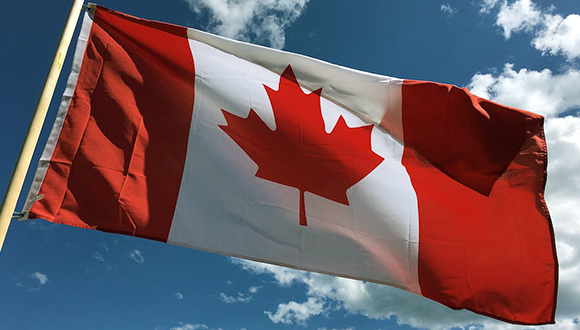The Canadian election highlighted the need to rebuild the economy after years of stagnation and a US trade war. However, CEOs and industry leaders see these crises as a generational opportunity. They have raised concerns, identified opportunities, and suggested politicians should take steps to stimulate economic growth. Below is a short list of what they think needs to be done.
Speed up the Approvals Process for Natural Resources Projects
Canadian energy companies are urging the government to strengthen its energy infrastructure to counter US threats. They believe that exporting Canadian liquefied natural gas can help reduce emissions and strengthen economic sovereignty. CEOs of major energy companies have called for an overhaul of the federal government’s Impact Assessment Act and West Coast tanker ban, aiming to streamline regulatory processes and ensure decisions can withstand judicial challenges. Both Conservative and Liberal party leaders have pledged to speed up the approval process, with the Conservatives aiming to build a “national energy corridor” and create a rapid resource project office, while the Liberals aim to create a major federal project office to make decisions within two years.
Remove Longstanding Interprovincial Trade Barriers
Canada’s trade barriers, including labeling requirements and professional licensing standards, have made it difficult for companies to conduct business across provinces. However, the need for change is growing, as potential economy-ending tariffs may lead to real change. A 2019 research paper by Trevor Tombe for the International Monetary Fund found that removing non-geographic trade barriers could increase cross-Canada trade volumes by 15 percentage points. Removing all internal trade barriers would also see a 3.8% national GDP per capita rise, with smaller regions seeing the biggest gains. In February, the federal government announced removing 20 federal exceptions in the Canadian Free Trade Agreement.
Manufacturing Military Equipment
Both the Liberal and Conservative party platforms aim to meet NATO’s defense spending target of 2% of GDP by addressing military recruitment, purchasing new equipment, and upgrading Arctic bases. This would require an annual increase of about $12 billion in spending. Canadian companies are internationally renowned for military equipment, but even contracts for products not built in Canada will have a knock-on effect on investment. The Industrial Technological Benefits Policy requires companies winning procurement contracts to make equivalent investments in Canadian companies and the Canadian economy. This means that even if the money was going to the United States, the American company must agree to spend the equivalent value of the contract in the Canadian economy.
‘Think Canada’: the AI advantage
Former Google CEO Eric Schmidt highlighted the growing economic opportunities in artificial intelligence at the TED2025 conference. However, he emphasized the limit on energy, as AI data centers consume a significant amount of power. Schmidt suggested that Canada, with its abundant hydroelectric power, could be a potential solution. The Canadian government invested $2.4 billion in AI last year, with much of it earmarked for a fund to increase access to computing capabilities and technical infrastructure. The Liberal and Conservative platforms pledge to build on this investment. The question remains whether the new prime minister will fulfill his promises, especially in a weak economy and potential trade war devastation.
Source: CBC











